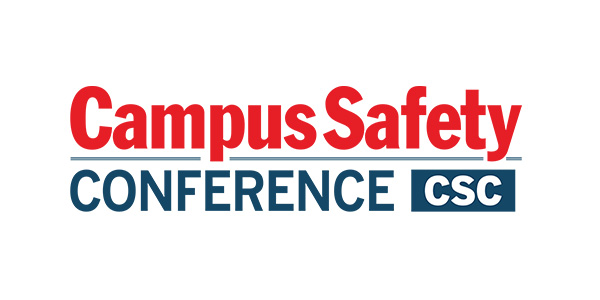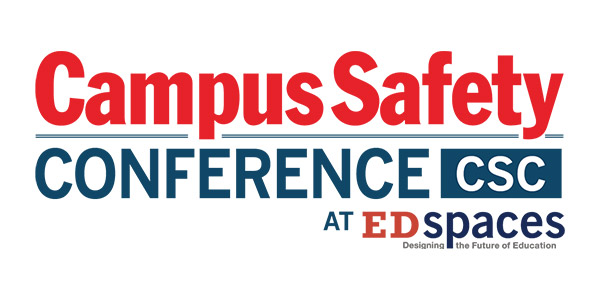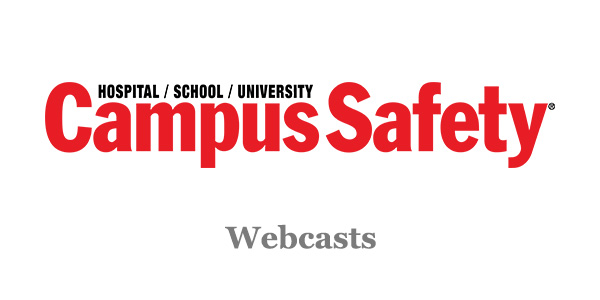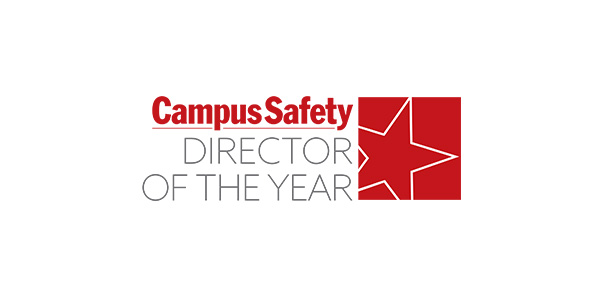Despite years of reforms and lessons from tragedy, many American universities remain dangerously unprepared for modern threats to campus security. Whether the danger comes from an active assailant, a cybersecurity breach, or unauthorized access to facilities, both students and staff are left asking the same question: Are we doing enough to protect our campus?
A recent research paper titled Unseen and Unprepared: Confronting the Security Gaps in American Universities reveals worrisome gaps in physical security at four Dallas–Fort Worth area universities. Combining literature review, recent incident analysis, and firsthand field interviews with students and graduates, the research highlights how inconsistent access control and insufficient digital defenses create vulnerabilities.
Access Control Failures at Texas Universities
At Texas Christian University, a faculty member shared that students could enter the library freely during normal hours, with ID checks required only after hours. It was discovered that a Reddit user claimed that guests could enter through a back entrance without being stopped. This online forum revealed how online information and social media may expose security gaps.
At Collin College’s Technical Campus, one student explained, “Anyone can walk into anywhere, you don’t need a key or ID.” The lack of controlled access raises serious concerns for a public institution serving tens of thousands across multiple campuses.
RELATED: FSU Shooting Prompts Security Review of All State University System of Florida Campuses
A music student at the University of North Texas echoed similar issues, stating that “there is no requirement to present a student ID” when entering academic buildings, music classrooms, or even the main library. Access control was reportedly only enforced at certain performances and events for attendance tracking.
At the University of Texas at Arlington, a recent architecture graduate described a partial solution: while the Central Library always requires ID access, most buildings begin limiting entry late at night. UTA displays more structure than the other universities, but this still allows most of the day to pass without restricted access.
These examples reflect broader issues. Many institutions have security policies in place, but enforcement is inconsistent, and real-world practices fall far behind written procedures.
Digital Safety: A Growing Concern for Colleges
The research also focused on digital security as a rising threat. Universities are prime targets for cybercriminals due to the large amount of personal, financial, and academic data they manage. In 2023, the education sector experienced a 70% increase in ransomware attacks, making it the worst year on record. One attack example cited is the University of California, San Francisco incident, which ended up paying $1.14 million in ransom after attackers encrypted their data.
RELATED: Navigating Student Data Privacy in Higher Education
Earlier this year, Western New Mexico University experienced a cyberattack by the Russian-linked group Qilin, which claimed access to Social Security and driver’s license data.
Students are not spared from these attacks. The Federal Trade Commission has issued warnings about job related scams targeting college students. Many scammers pose as employers to steal personal information or money. According to the FTC, student victims have lost thousands of dollars to these schemes.
Why Wait for a Crisis?
The paper points out that it is a common theme that improvements only come after tragedy. From the 1966 shooting at the University of Texas at Austin to more recent incidents at Michigan State and Florida State, campus safety often has been reactive. The author pleads for American universities to take a more unified and proactive approach to campus safety. Rather than wait for the next emergency, the study urges universities to modernize their strategies now.
Key recommendations include:
- Creating centralized Security Operations Centers (SOCs) to coordinate surveillance and response
- Hiring more trained campus safety personnel and increasing patrol visibility
- Strengthening access control systems across all buildings, including during daytime hours
- Enhancing cybersecurity infrastructure, awareness campaigns, and phishing prevention
- Enabling student reporting tools through secure mobile apps
- Offering self-defense classes and community safety education
The goal is a layered and integrated approach that treats physical and digital security as partners in the same mission.
Barriers to Change
It is understood that implementing these strategies is no easy task. Funding remains one of the greatest obstacles. Establishing SOCs, expanding surveillance networks, upgrading cybersecurity, and offering routine training all require major investments. Not all institutions can easily afford a complete safety and security facelift, like the one that The University of Houston is currently undergoing.
Staffing also presents challenges. The study notes national labor shortages in both security and IT roles, along with high turnover and the specialized nature of the work. Even when universities have the resources, finding and retaining qualified personnel can be difficult.
RELATED: 4 Ways to Modernize School Emergency Response Plans
Logistically, campus retrofits are difficult. “It is not realistic to install the infrastructure and systems needed over the summer months,” the author writes. Older buildings often require extensive rewiring or system integration, and privacy concerns must be addressed when adding surveillance or digital tracking.
Conclusion
Security is not just “gates and guards” — it’s also about care, preparedness, and awareness. Universities must grow from knee jerk responses to proactive, integrated strategies that address both physical and digital vulnerabilities.
As modern threats become more sophisticated and student populations become more diverse, the need for modern, equitable safety solutions is greater than ever. The changes needed to keep students safe should have been implemented yesterday. Students have already waited too long.
Rachael A. Zerr is a master’s student in Security Management at John Jay College of Criminal Justice. She is a graduate of the University of North Texas, where she served as a student senator with a focus on campus safety initiatives. Rachael is also a current security professional at a Fortune 500 company, bringing firsthand industry experience to her academic and research work.
NOTE: The views expressed by guest bloggers and contributors are those of the authors and do not necessarily represent the views of, and should not be attributed to, Campus Safety.







